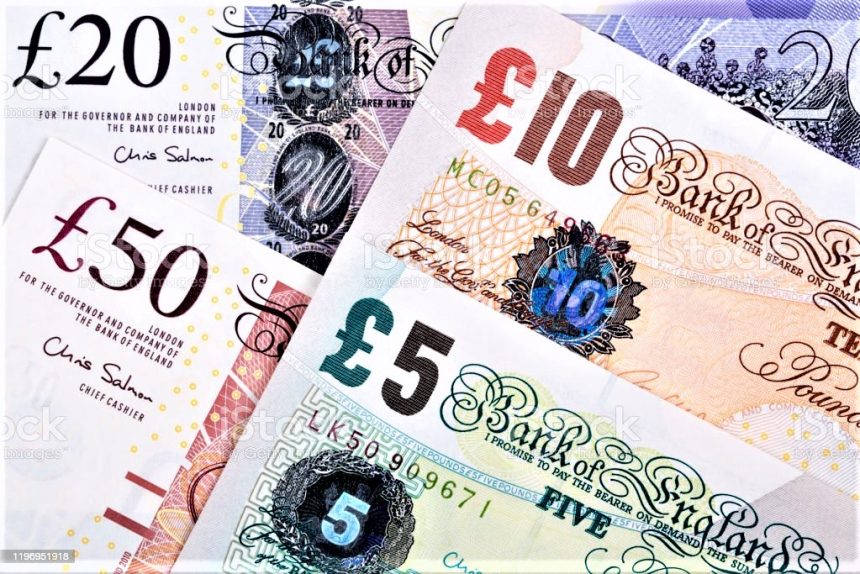Pound sterling fell to a new two-week low of 1.2845 versus the US dollar as investors turned cautious ahead of the US core PCE Price Index.
The Pound Sterling (GBP) fell to a new two-week low of 1.2845 against the US Dollar (USD) in Friday’s London session. The GBPUSD pair is under pressure due to uncertainties surrounding the United States’ (US) core Personal Consumption Expenditures price index (PCE) data for June. Which will be released at 12:30 GMT.
The core PCE inflation data, the Federal Reserve’s (Fed) chosen inflation metric, Annual growth expected to have slowed to 2.5% from 2.6% in May, with monthly price pressures rising consistently by 0.1%.
The robust second-quarter GDP growth in the United States has strengthened the economy’s prospects.
The scenario in which underlying inflation falls as projected or at a quicker rate would be adverse for the US Dollar since it would reinforce expectations of early interest rate cuts by the Fed. On the contrary, high inflation figures would force speculators to reduce their early rate-cut expectations. According to the CME FedWatch tool, 30-day Federal Fund futures price data indicates that the central bank will begin to reduce interest rates in September.
US Dollar Index (DXY), which measures the value of the US dollar against six major currencies, is hovering at 104.30. The US dollar failed to profit on the robust US Q2 GDP Product (GDP) increase was countered by lower pricing pressures. The US economy increased at a healthy pace of 2.8% in the second quarter, more than doubling the 1.4% growth rate in the first quarter. Nonetheless, expectations for Fed rate reduction in September remained unchanged as the GDP Price Index fell at a slower-than-expected rate to 2.3%.
Daily Market movers: Pound Sterling stabilizes as investors shift focus to BoE monetary policy.
On Friday, the pound sterling performed steadily against its major peers. The British pound expected to remain stable as investors focus on the Bank of England’s (BoE) monetary policy meeting on Thursday.
A Reuters poll conducted on July 18-24 revealed that more than 80% of economists stated the Bank of England would drop interest rates for the first time in almost four years at its August meeting. The BoE will abandon its tight monetary policy framework, which it has been using since the epidemic struck global markets.
BoE anticipated to reduce interest rates next week.
The BoE is likely to lower its key borrowing rates by 25 basis points (bps) to 5% at its August meeting. However, traders believe there is a 46% possibility that the BoE would shift to policy normalization. It appears that the lack of BoE officials’ support for rate cuts has constrained BoE rate-cut expectations.
Despite the restoration of the annual headline Consumer Price Index (CPI) in the United Kingdom (UK) to the central bank’s objective of 2%, BoE policymakers are reluctant to approve interest rate decreases over concerns regarding Strong wage growth momentum has led to sticky price pressures in the service sector.
Furthermore, due to the UK labor shortage, there are no signs of wage increases slowing in the near future. The UK labor market has been experiencing a labor deficit for a long time as a result of voluntary retirements and the Brexit event.
Meanwhile, the UK’s economic prospects remain strong thanks to increased activity in manufacturing and the service sector, as well as political stability following Prime Minister Keir Starmer’s landslide victory in the legislative elections.









